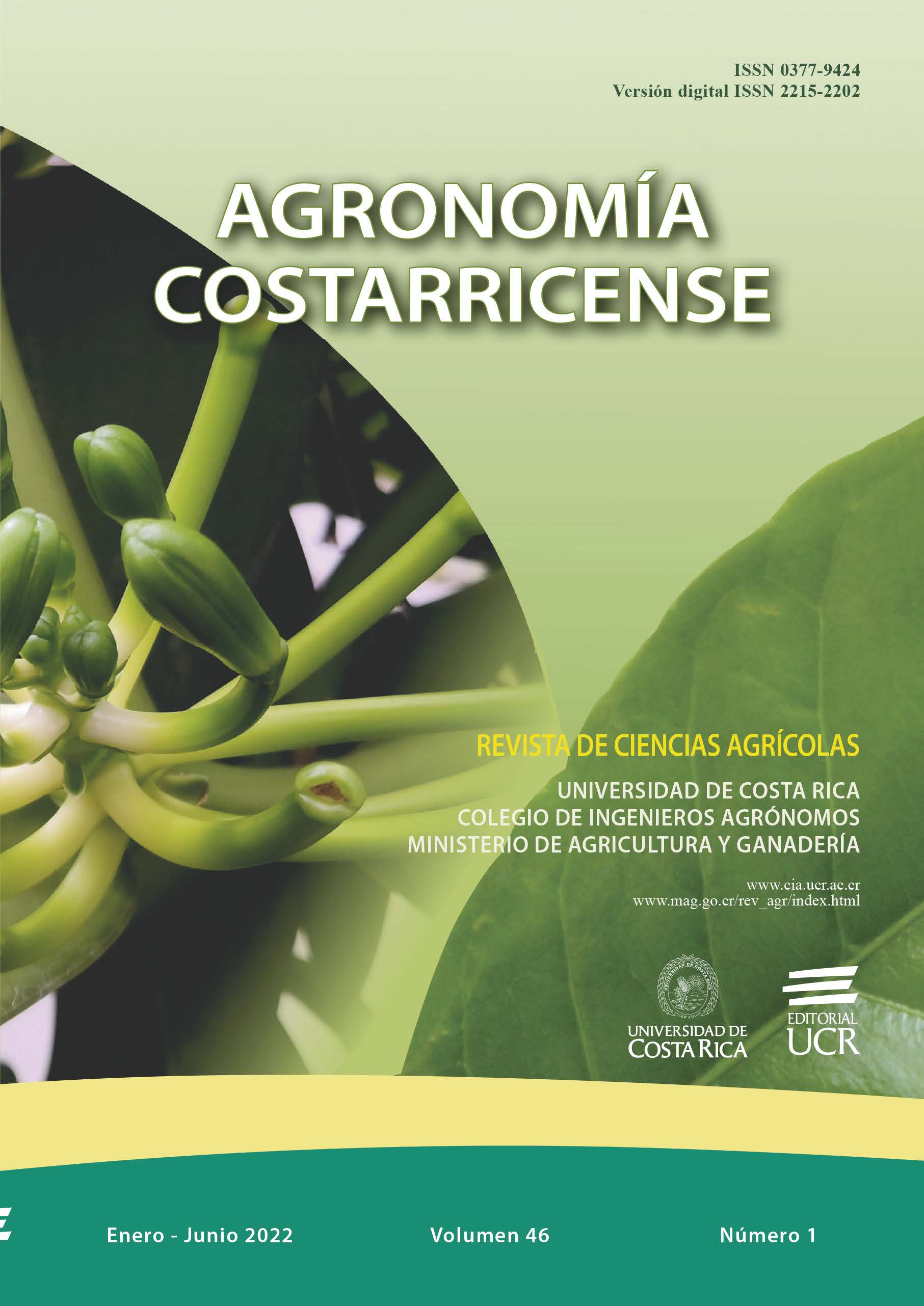Abstract
Introduction. Forests are the most diverse terrestrial ecosystems and fulfill environmental and ecological, social and economic functions, offer direct and indirect benefits to the environment, one of the main ones is the regulatory service. Objective. Was to analyze the ecosystem service of regulation of a gallery forest of the San Lorenzo stream, Paraguay. Materials and method. The research work was carried out in the gallery forest of the San Lorenzo stream, Paraguay. Four plots of 750 m2 each were established for data collection. The variables studied were: the floristic composition, the physical and chemical conditions of the soil, the average infiltration rate of the soil and the accumulation of carbon in the aerial, root and soil tree strata. Results. The forest is made up of individuals from the Meliaceae, Myrthaceae and Moraceae families. In fewer species are Cecropiaceae, Euphorbiaceae, Fabaceae, hamnaceae and Sapotaceae. The arboreal carbon stored yielded an average of 38.4 tC.ha-1, as for the soil (COS) component an average of 31.08 tC.ha-1 was presented. The total carbon accumulated in the two components is 69.48 tC.ha-1. The average carbon equivalent obtained is 254.81 tCO2e.ha-1. The average infiltration rate was 66 mm.h-1. The soil is flooded and little aerated, with low hydraulic conductivity from 50 cm from the surface. Conclusion. The gallery forest offers carbon sequestration services, the arboreal biomass what constitutes the largest carbon reservoir, providing water for conservation and source of the supply of soil nutrients in the sub-basin of the San Lorenzo stream, Paraguay.


